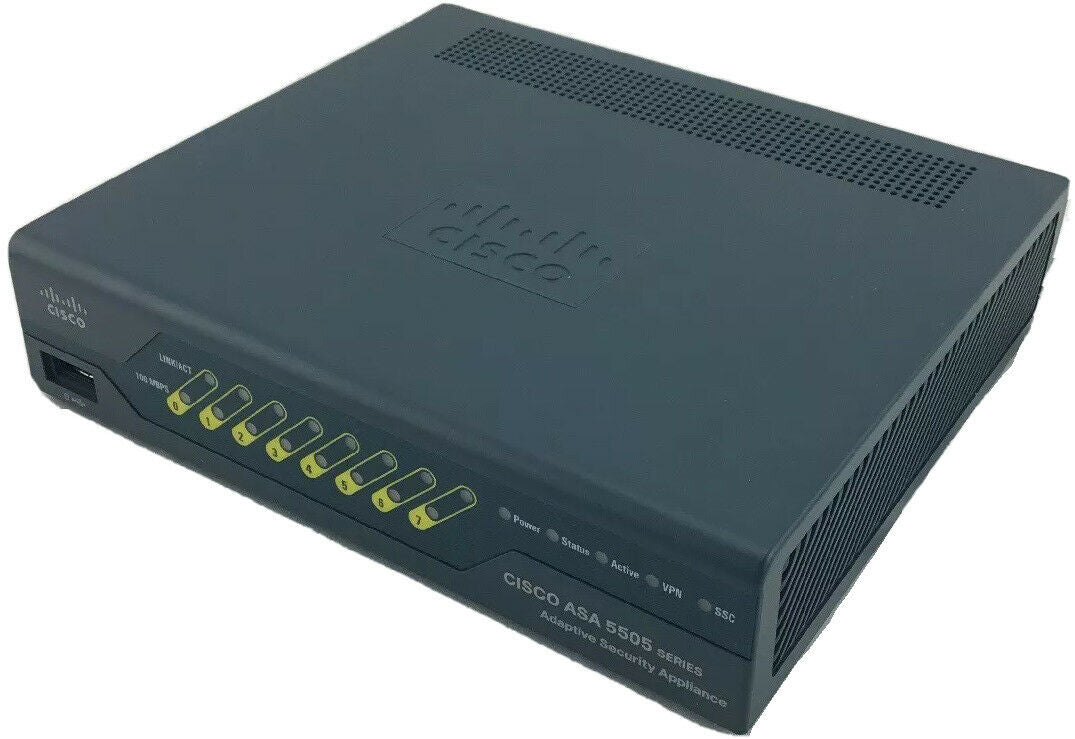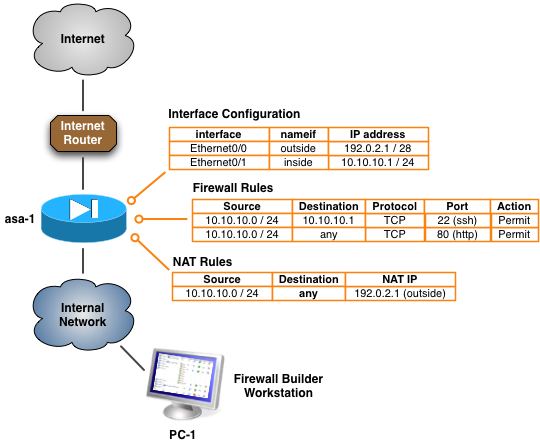
Comprehensive alerting and control over suspect web traffic, and policy enforcement on hundreds of millions of URLs. Reputation and category-based URL filtering (URL). More than 4,000 application-layer and risk-based controls to set intrusion prevention system (IPS) threat-detection policies on how to handle the traffic entering, exiting, and traversing your network by security zone, geographical location, port, application, requested URL, Identity Services Engine®(ISE) attribute, and user. I'm just trying to get some input as what might be seen if we go to either a 100/100 or 150/150.By migrating from a Cisco ASA 5505, 5510, 5520 to the Cisco ASA 5508-X customers gain up to six times stateful inspection throughput, Solid State drives (SSD) for faster processing, and access to enable Cisco Firepower Services for next-generation firewall features:Īpplication visibility and control (AVC).

Yes, I know the test sites are largely to be taken with at least a grain of salt. My question/concern is about one of the users going to one of the broadband speed test sites and not seeing what they had with the 5505 at the 75/75 test. Would it be unreasonable to expect the 5506 not to be able to handle a higher bandwidth connection? This would be only from a web-browsing perspective. I see the IPS throughput spec on the ASA5506-X at 150Mbps, where the ASA5505 is at 75Mbps. Let's start with the premise that the business functions they have now working on the 5505 with the 25/25 connection will continue to work as they do now on the 5506 at some higher speed connection. My question revolves around a larger number of casual users (see my last paragraph). But again, all this is in the scope of a handful of people. There is some remote access and VPN work being done. Regarding the business needs, there are only a handful of users ever onsite for a vast majority of the time.

This is not a traditional 9-5 business location.


 0 kommentar(er)
0 kommentar(er)
